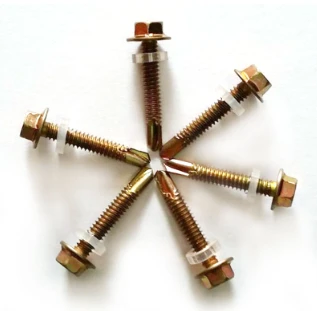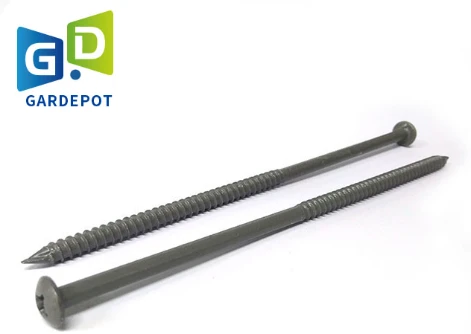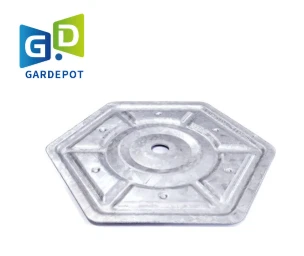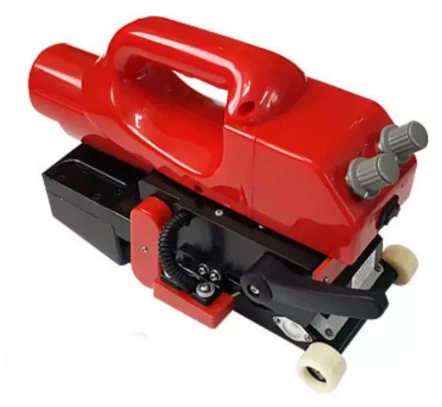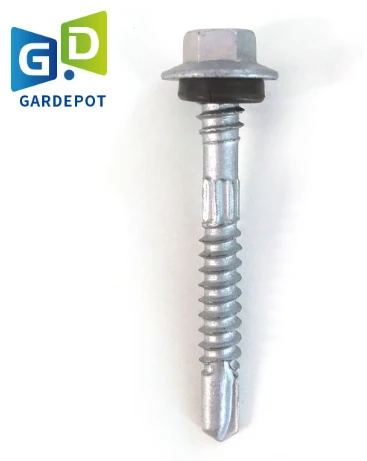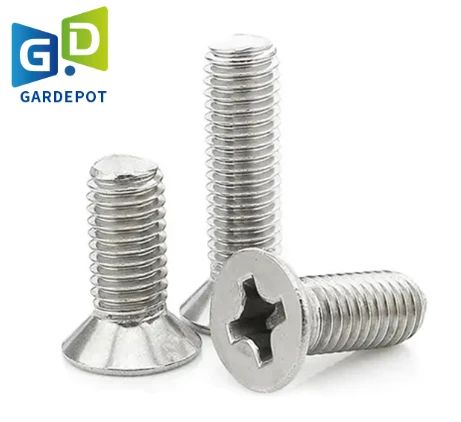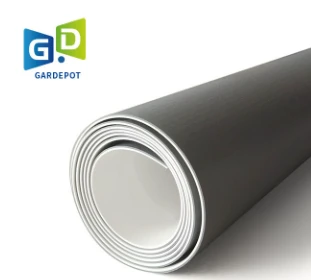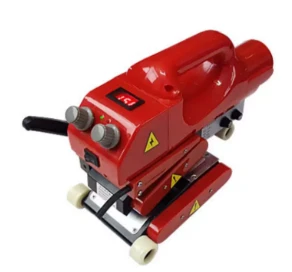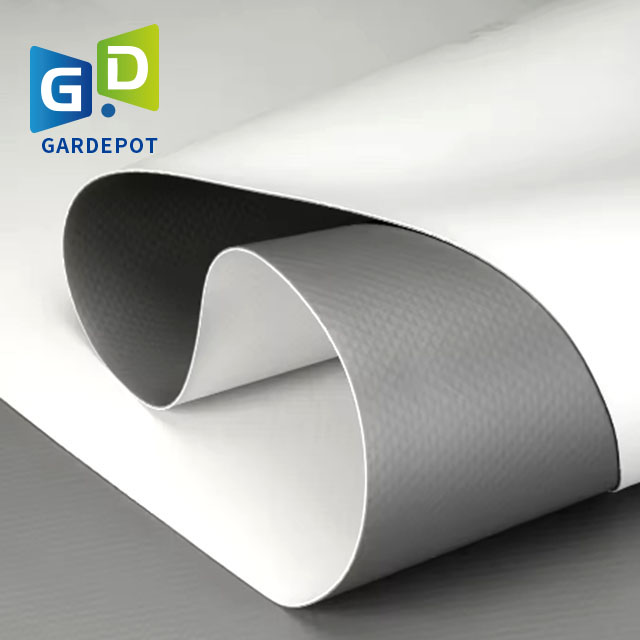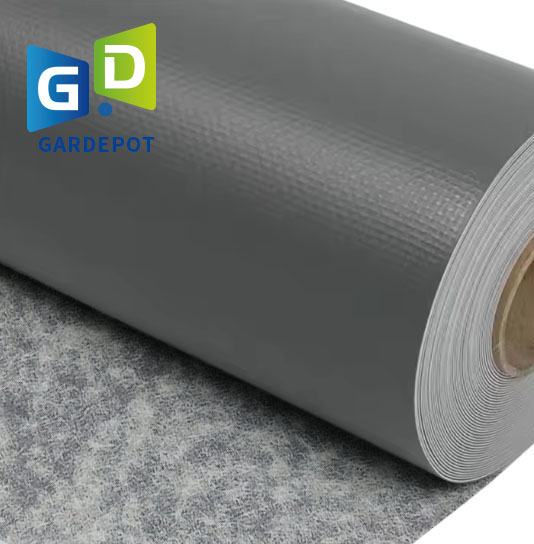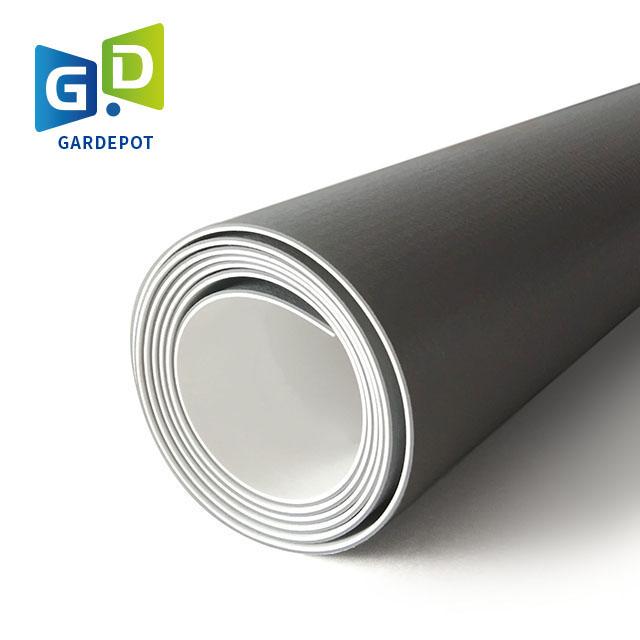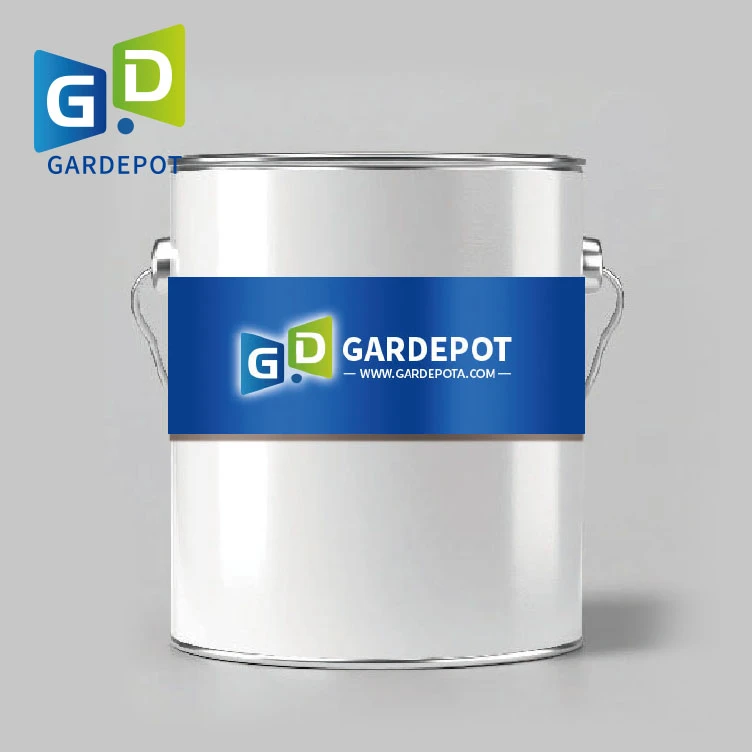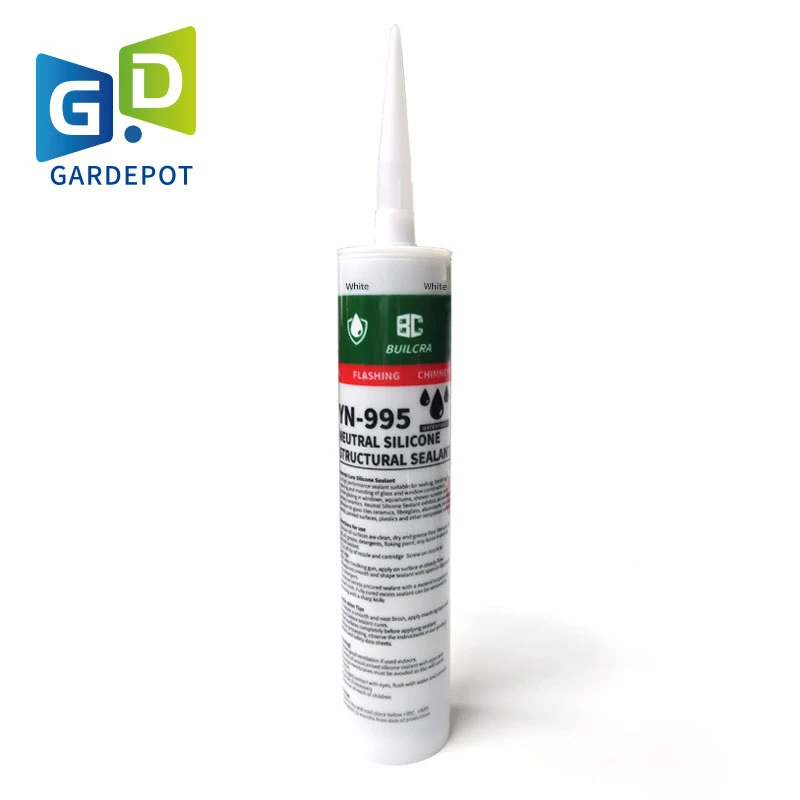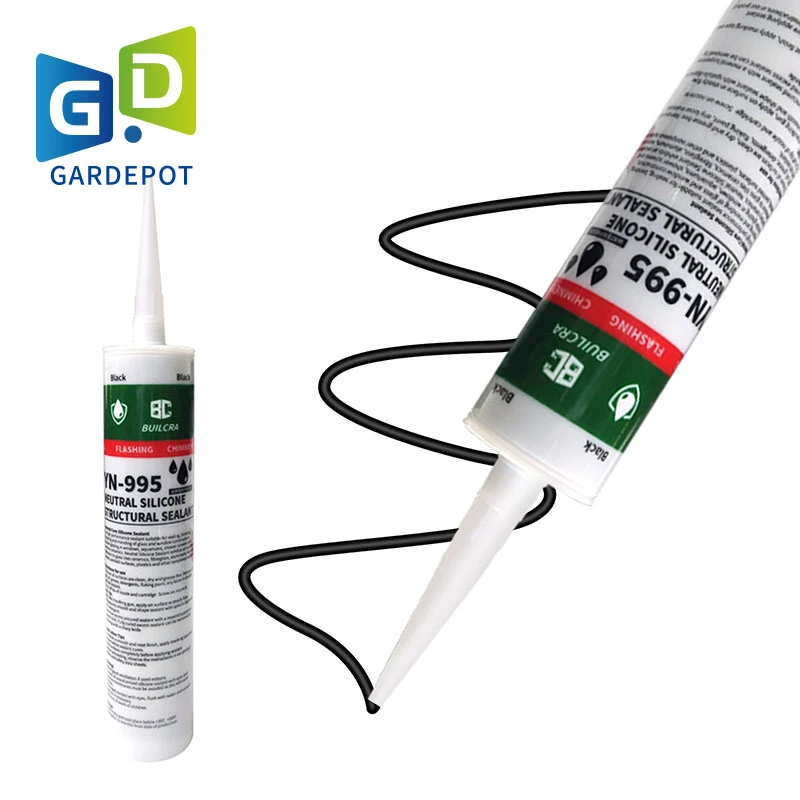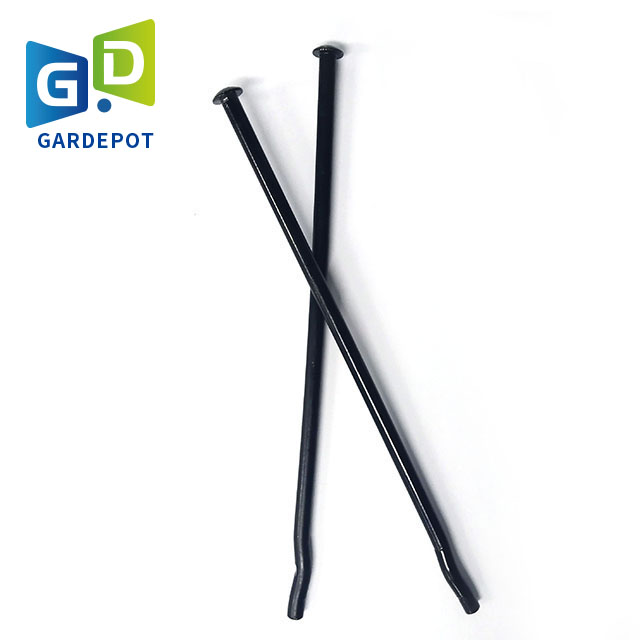Threaded Bolt: The Core of Reliable Mechanical Fastening
In the world of engineering and construction, the threaded bolt stands as a testament to the power of simple yet ingenious design. From securing heavy machinery to assembling intricate electronics, these unassuming fasteners provide the tensile strength and precision needed to hold structures together. Let’s explore the significance of Redi Rod, fully threaded bolts, and continuous threaded studs, and how they revolutionize fastening solutions across industries.
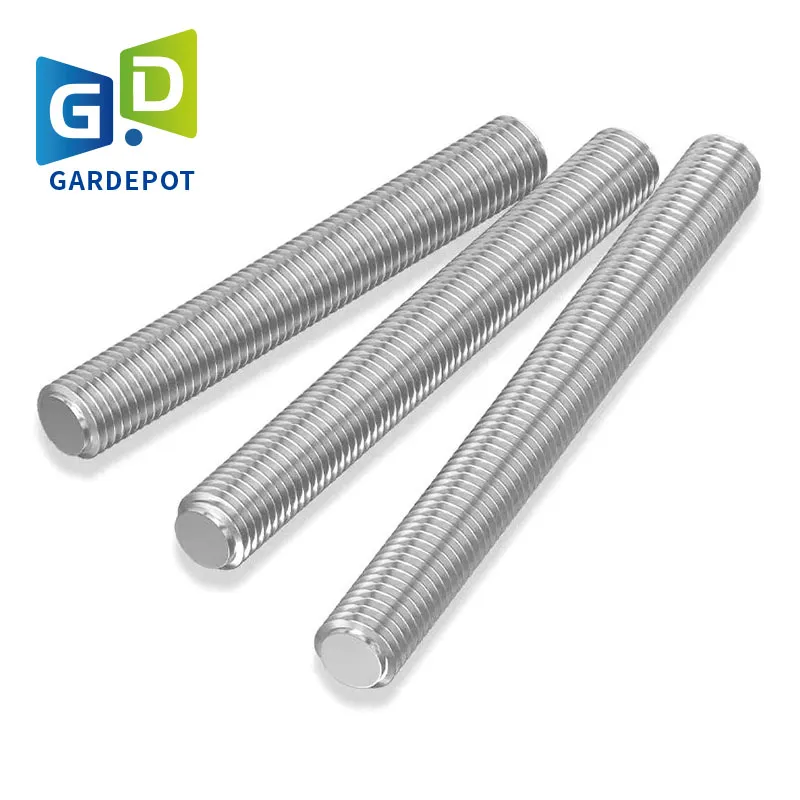
The Versatility of Redi Rod
Redi Rod represents a breakthrough in threaded bolt technology, designed for quick and reliable installations. This pre-threaded rod system eliminates the need for on-site threading, saving time and reducing installation errors. Typically made from high-strength steel or stainless steel, Redi Rod is ideal for applications requiring consistent thread quality, such as concrete anchoring, structural supports, or industrial equipment mounting.
One of the key advantages of Redi Rod is its compatibility with standard nuts and washers, making it a versatile choice for both new constructions and repairs. The pre-threaded design ensures uniform thread pitch and depth, which is crucial for maintaining tensile strength across the entire rod. Whether used in commercial buildings, bridges, or manufacturing plants, Redi Rod provides a secure foundation that withstands heavy loads and dynamic stresses, making it a go-to solution for engineers prioritizing efficiency and reliability.
The Precision of Fully Threaded Bolts
Fully threaded bolts are engineered for applications where maximum thread engagement is essential. Unlike partially threaded bolts, which have a smooth shank section, fully threaded bolts feature threads along their entire length, allowing for uniform clamping force and reduced stress concentrations. This design is particularly valuable in high-vibration environments or when connecting thin materials, as it minimizes the risk of loosening or failure.
Made from materials like carbon steel, alloy steel, or stainless steel, fully threaded bolts offer exceptional versatility. They are commonly used in automotive engines, plumbing systems, and mechanical assemblies where a consistent grip is critical. The full threading also enables precise adjustment of the bolt’s position, making it easier to align components during installation. Whether you’re assembling a bicycle frame or securing a pressure vessel, fully threaded bolts ensure a tight, reliable connection that stands the test of time.
The Durability of Continuous Threaded Studs
Continuous threaded studs take fastening to the next level with their uninterrupted thread design, offering superior load distribution and resistance to fatigue. These studs are essentially long, thread-only bolts that are threaded into a base material (such as a metal plate or engine block) and used to secure components with nuts on both ends. This double-nut configuration creates a stronger, more stable joint, making continuous threaded studs ideal for heavy-duty applications.
In industries like aerospace, energy, and manufacturing, continuous threaded studs are prized for their ability to withstand extreme temperatures, high pressure, and repeated stress. Their continuous threading eliminates weak points, reducing the risk of failure in critical systems. For example, in aircraft engines, these studs secure components like turbine blades, where even a minor failure could have catastrophic consequences. The durability and precision of continuous threaded studs make them an essential component in any application where safety and reliability are non-negotiable.
The Synergy of Redi Rod and Structural Engineering Innovations
In modern structural engineering, Redi Rod has become synonymous with rapid-response solutions, particularly in seismic zones or emergency repairs. Its pre-threaded consistency allows engineers to quickly reinforce compromised structures—such as earthquake-damaged buildings or eroded bridge supports—without the delay of on-site threading. The rod’s high-strength steel composition, often heat-treated to withstand tensile forces exceeding 150,000 psi, ensures that even in dynamic loading conditions (like wind or seismic activity), the fastener maintains its grip. This reliability has made Redi Rod a staple in retrofitting projects, where it can be seamlessly integrated with existing anchor systems to enhance overall structural resilience. By combining speed of installation with industrial-grade durability, Redi Rod exemplifies how threading technology continues to evolve alongside the demands of contemporary construction.
FAQ About High-Quality Threaded Bolts
What advantages does Redi Rod offer for construction projects?
Redi Rod streamlines construction by eliminating on-site threading, reducing labor time and errors. Its pre-threaded design ensures consistent quality, while high-strength materials provide reliable load-bearing capacity. This makes it perfect for concrete anchoring, structural supports, and rapid installations where efficiency is key.
When should I choose Fully Threaded Bolts over partial ones?
Fully threaded bolts are ideal when maximum thread engagement is needed, such as in thin materials, high-vibration environments, or applications requiring uniform clamping force. Their all-thread design minimizes stress concentrations and ensures a secure grip, making them preferable for critical connections that demand long-term stability.
Can Threaded Bolts be used in corrosive environments?
Yes, especially when made from stainless steel or coated with corrosion-resistant materials. Fully threaded bolts and continuous threaded studs in stainless steel are perfect for marine, chemical, or outdoor applications, as they resist rust and degradation, ensuring long-term performance.
How do Continuous Threaded Studs enhance joint strength?
Continuous threaded studs distribute loads evenly along their entire length, reducing the risk of fatigue or failure. The double-nut configuration creates a more stable joint, making them suitable for heavy-duty applications like engine assemblies, industrial machinery, or aerospace components where reliability under extreme conditions is essential.
How do I ensure the correct Threaded Bolt size for my project?
Start by measuring the required length and diameter, then consider the thread pitch (coarse or fine) based on your application. For heavy loads, opt for larger diameters or Redi Rod systems. Always refer to industry standards (e.g., UNC, UNF, metric) and use a thread gauge to confirm compatibility with nuts and mating materials.
From the time-saving efficiency of Redi Rod to the precision of fully threaded bolts and the heavy-duty reliability of continuous threaded studs, threaded bolts form the backbone of countless mechanical systems. Whether you’re a professional engineer or a DIY enthusiast, understanding these fastening solutions empowers you to build with confidence. By choosing the right threaded bolt for your project, you ensure that every joint is not just secure, but a testament to the art of durable, reliable design.

